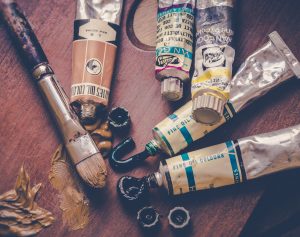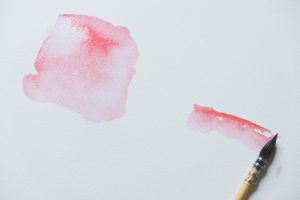The brush is an artist’s most important tool. Since good tools, in general, are some kind of investment, it is important to us that artists can use their brushes for longer. This is why we pay great attention to the materials used and the quality of craftsmanship for lineo artist brushes. As a manufacturer, we are proud of the fact that for over 110 years we have been taking our share of responsibility in the respectful use of our planet’s resources. By purchasing a lineo brush, some of this responsibility is passed on to the artist. Therefore, we are happy to share contemporary artists’ knowledge about brush cleaning and brush care. This time, we have been talking with the artist Martin Thomas. We asked him how he cleans his paint brushes and how he maintains their good painting properties. He showed us some of his tricks and some of them seemed quite unusual, but proved to be just the right thing to do.
Acrylic paint can be quite tough
For acrylic paints, Martin Thomas recommends using brush soap or some mild hand soap. A brush is considered clean when the visible body of the hair and the ferrule are free of paint and when there is no more paint coming out of the rear part of the ferrule. With some brushes, this may take some time, but it pays off in any case. Only a thoroughly cleaned brush will continue to retain its properties.
After washing, it is important to gently tap the brush off at the ferrule. This will fasten the drying and allow the hair to spring back to its original shape without them getting damaged. This will help to protect the brush from fraying.
To let the brush dry, either put it on some cloth or on some kitchen paper. The best would be to hang it, head down. Avoid letting it dry standing with its head up. The water remaining in the hair body could accumulate at the bottom of the ferrule where it eventually can cause permanent damage to the brush. Under no circumstances should a brush be dried with a hairdryer or be placed on a radiator or in direct sunlight. In general, brushes should be dried slowly and gently so that the valuable hair does not get damaged.
For painting with acrylic colors, Martin Thomas also recommends cleaning the brushes from time to time while you paint. The best would be around every 15 minutes, which is about the time acrylic paint needs to get dry. By keeping your brushes clean while painting, you can prevent the hairs from sticking together and you will most certainly enjoy painting more while getting way better results.
Despite all precautions, sometimes it still happens that paint gets dry on a brush. If nothing helps and all hope seems lost, Martin Thomas told us that using a conventional grease cleaner will do the job. Without affecting the varnish of the handle or the glue inside the ferrule, it will nicely dissolve the dry acrylic paint. Just let the brush soak in it for around 10 minutes and clean it as usual. If necessary, the process can be repeated for very persistent paint. Also, use this trick if acrylic paint got dry on your clothing.
Oil painting brushes are easy to clean
While acrylic color can be quite persistent and hard to clean, oil color brushes are easier to clean. There are no “special” tricks. Turpentine and brush soap is the best you can use for this. After cleaning, rinse the brush and, as mentioned earlier, tap it at the ferrule and let it dry after.
One thing to really avoid
So far we have covered the general “do’s”. But there is also one big “don’t” which is even more important than avoiding hairdryers, direct sun, and radiators. Every brush’s biggest enemy (and most probably its end) is nitro thinner. This strong thinner affects the glue inside the ferrule as well as the handle and all kinds of fine hair. Nitro should therefore be avoided when cleaning brushes.
You might also be interested in

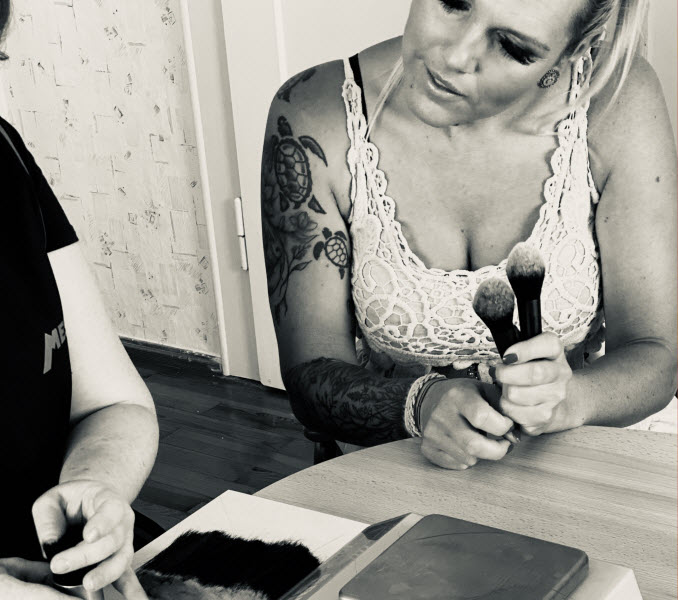


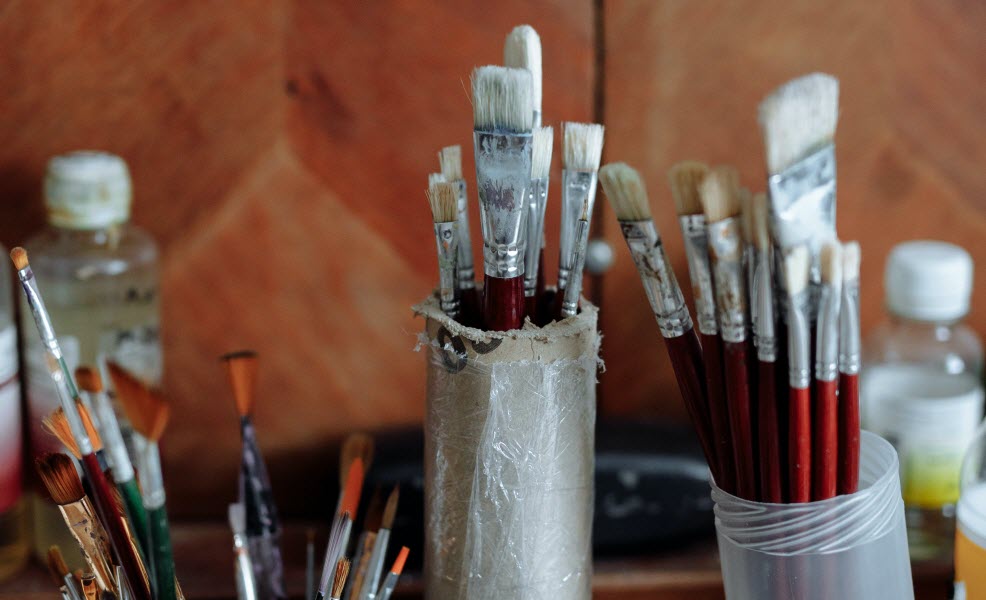
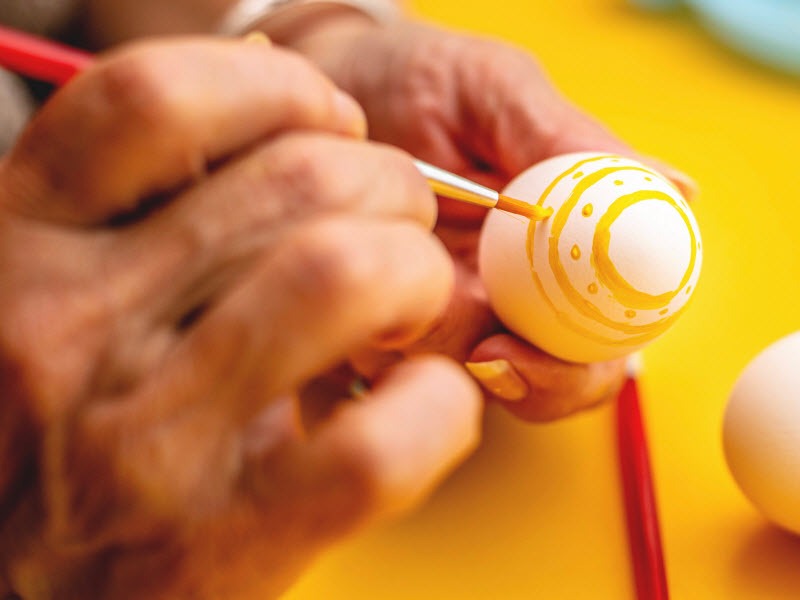
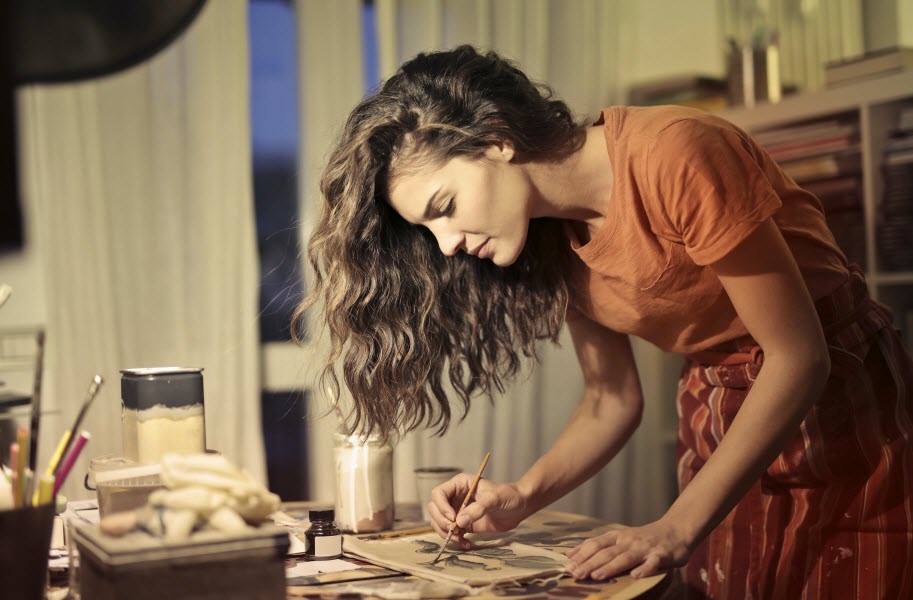
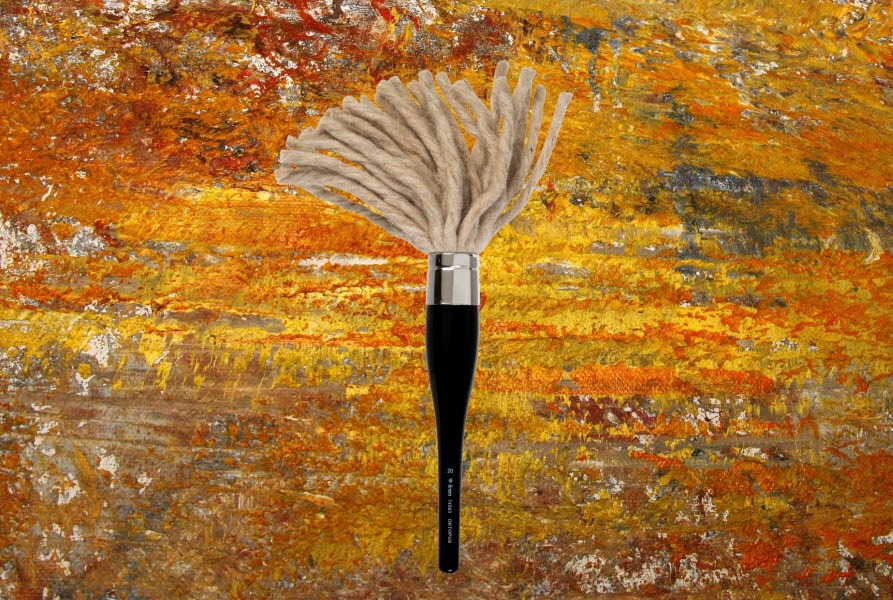
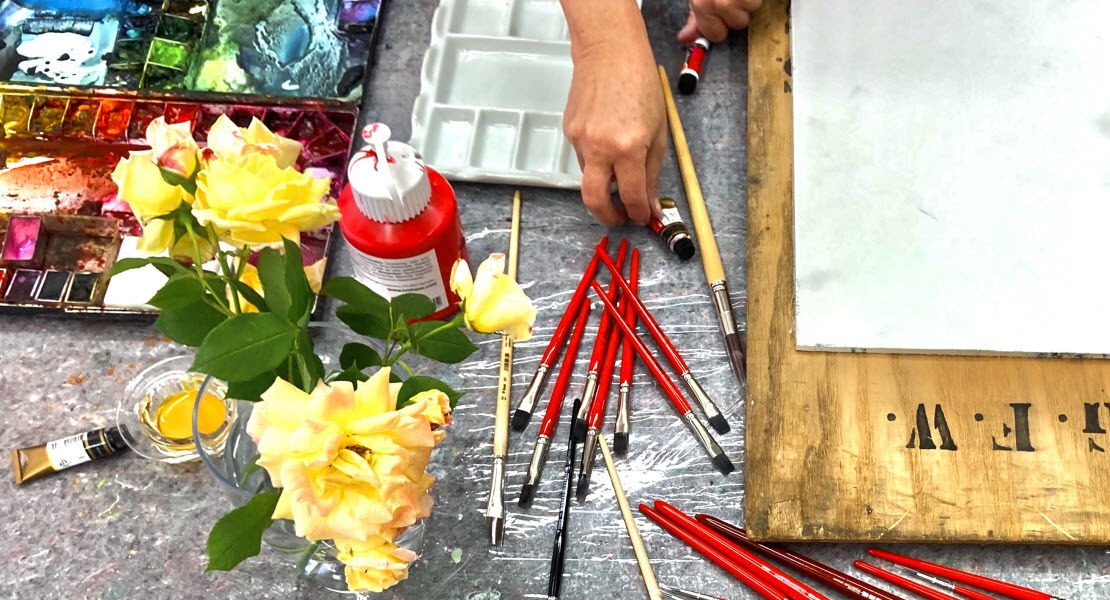
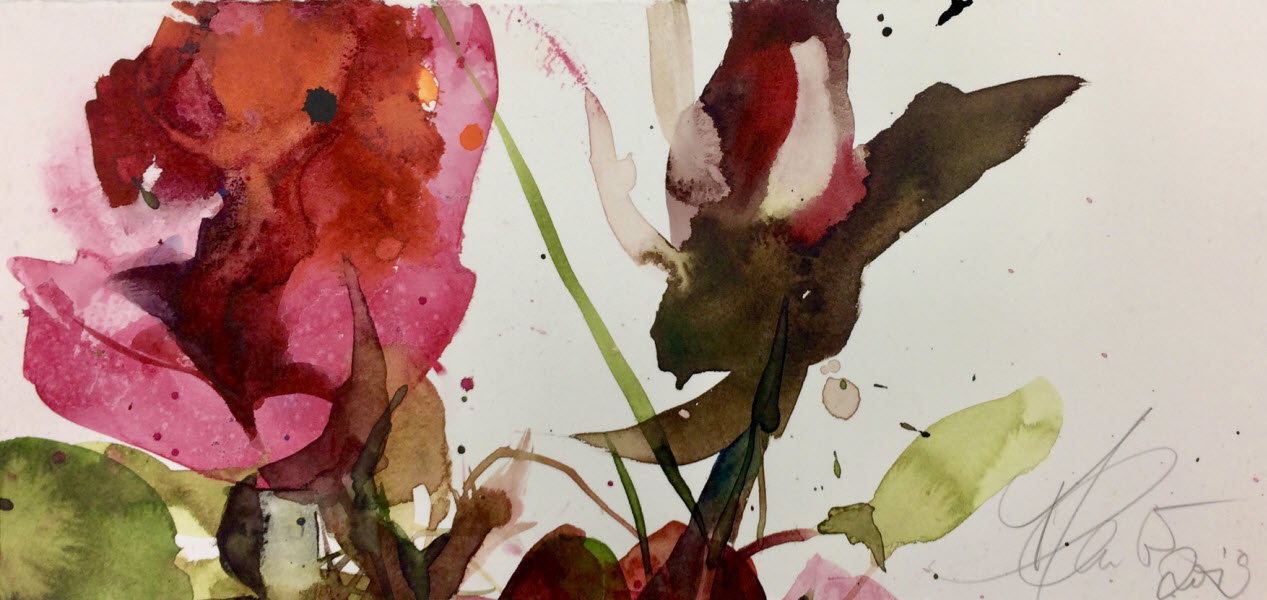




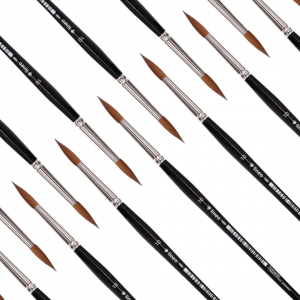 For experienced watercolour painters, brushes made of genuine Siberian Kolinsky Hair are traditionally the first choice. By nature, this hair has some properties superior to synthetic hair. One of them is for example the excellent paint absorption. However, thanks to the ongoing technological development in the production of synthetic hair, there are already synthetic alternatives with wonderful painting properties on the market.
For experienced watercolour painters, brushes made of genuine Siberian Kolinsky Hair are traditionally the first choice. By nature, this hair has some properties superior to synthetic hair. One of them is for example the excellent paint absorption. However, thanks to the ongoing technological development in the production of synthetic hair, there are already synthetic alternatives with wonderful painting properties on the market. 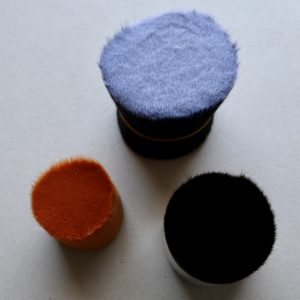
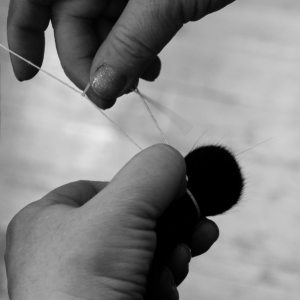 Despite rapid technological development, Kolinsky Red Sable Hair is still superior to synthetic hair in many ways. Most challenging in imitating naturally grown hair are its surface structure, the resistance and the durability. However, brushes with synthetic hair offer the painter an animal-friendly alternative with excellent painting properties. Also, it is important to note that not all synthetics are of the same quality. Manufacturers of quality brushes invest a lot of time and money in the
Despite rapid technological development, Kolinsky Red Sable Hair is still superior to synthetic hair in many ways. Most challenging in imitating naturally grown hair are its surface structure, the resistance and the durability. However, brushes with synthetic hair offer the painter an animal-friendly alternative with excellent painting properties. Also, it is important to note that not all synthetics are of the same quality. Manufacturers of quality brushes invest a lot of time and money in the 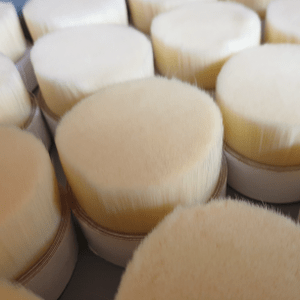
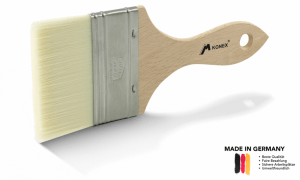 The new KONEX® material
The new KONEX® material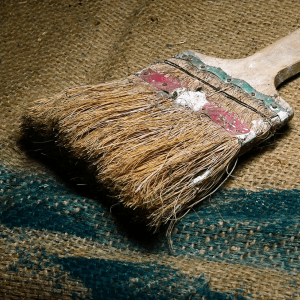
 There is nothing nicer than pulling a clean, fresh brush out of the pile. You start painting with an amazing brush with a perfect tip. Lovely! Ideally, your brushes will remain in good condition for as long as possible. Taking proper care and maintaining them regularly is the key. However, at some point, even the best artist brushes will start to show signs of ageing. In this article, we will try to explain how to get the best out of your brushes.
There is nothing nicer than pulling a clean, fresh brush out of the pile. You start painting with an amazing brush with a perfect tip. Lovely! Ideally, your brushes will remain in good condition for as long as possible. Taking proper care and maintaining them regularly is the key. However, at some point, even the best artist brushes will start to show signs of ageing. In this article, we will try to explain how to get the best out of your brushes.